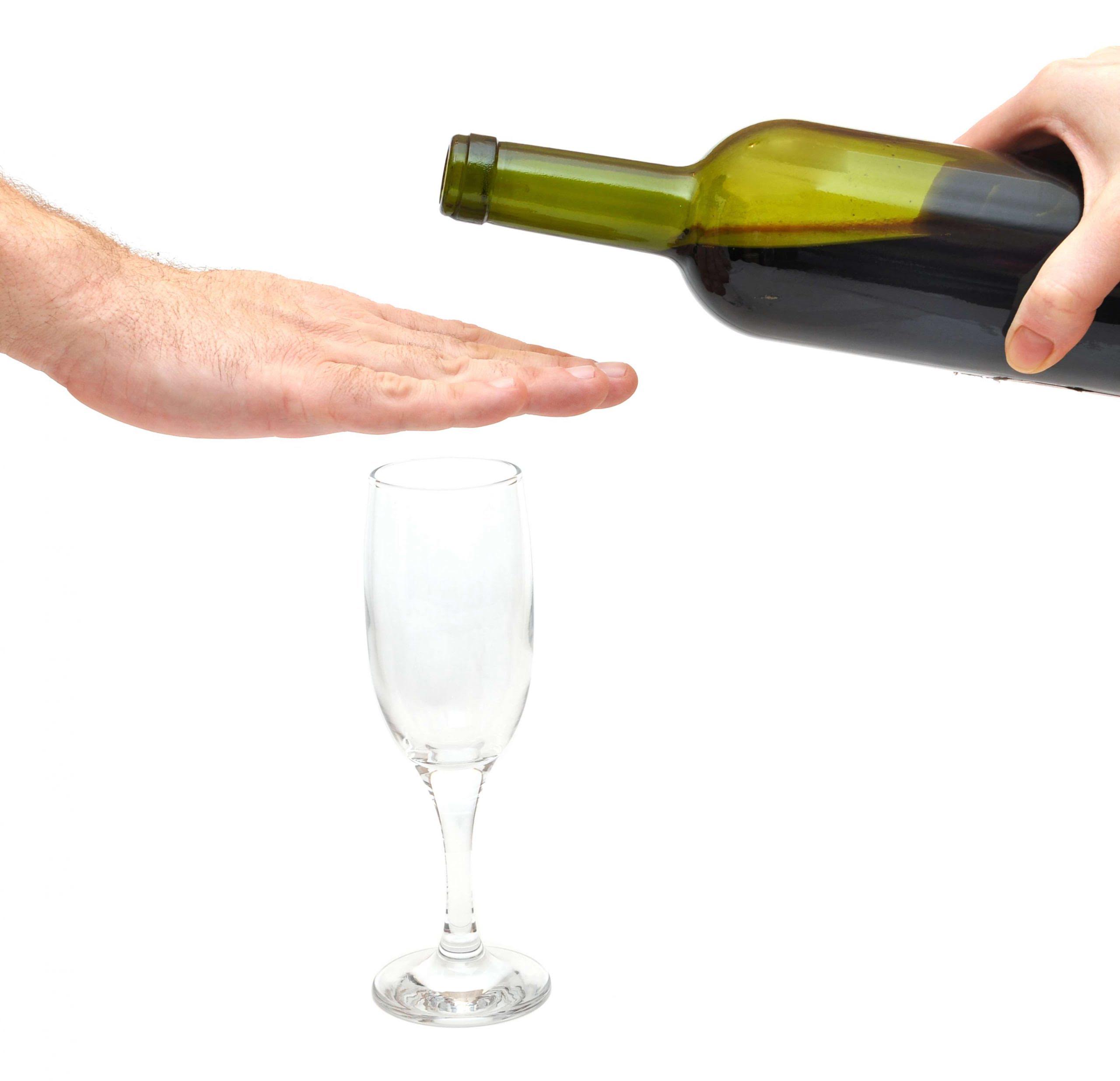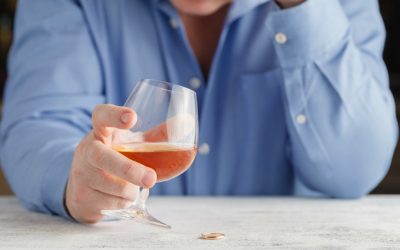02 out I Had Cancer My Treatment Was Eye-Opening About Addiction
There are no lab tests that define recovery and no universally agreed-on definition of recovery. For many experts, the key components of addictive disorder are compulsive drug use that continues despite detrimental consequences, and the development of cravings with the inability to control use. Addiction develops over time, in response to repeated substance use, as the action of drugs changes the way the brain responds to rewards and disables the ability to control desire for the drug. Alcohol still kills more people than any illicit drug, according to the National Institute on Alcohol Abuse and Alcoholism, and the NIH-reported surge in drinking during COVID that’s been linked to social isolation, job loss, economic hardship and mental health problems has not yet subsided. While substance use disorders—like most diseases—are more treatable than ever before, over a million Americans have died from overdoses during a twenty-year-long opioid crisis and illegally manufactured fentanyl has driven annual fatalities to record highs.
- Understanding the deep connections between stress and drug addiction is essential to recovery.
- Compared with patients in the standard treatment group, patients receiving care management attended clinic visits more frequently, were more likely to receive naltrexone (12% vs. 66%), and had a smaller proportion of heavy drinking days per month.
- At the same time, counselors should be sensitive to the fact that not every person who has overcome problematic substance use thinks of themselves as being in recovery.
- I also understand why she can’t find the words to adequately explain what changed late last year.
Recovery and Recovery Support
Addressing the nation’s mental health crisis and drug overdose epidemic are core pillars of the Biden-Harris Administration’s Unity Agenda for the nation. The Administration has invested $3.6 billion through the American Rescue Plan and more than $800 million through the Bipartisan Safer Communities Act in SAMHSA grant programs as part of President Biden’s comprehensive effort to improve access to mental health care, prevent http://sportlog.ru/16/5677.html overdoses and save lives. These investments enabled the expansion of lifesaving prevention, treatment and recovery services and supports in communities throughout the country. There is a great deal of heterogeneity in how individuals respond to SUD treatment, including continuing care.4 Even with the most effective interventions, a significant percentage of patients will not exhibit a strongly positive response.
The Evolution of Recovery From Addiction

SAMHSA’s working definition of recovery defines recovery as a process of change through which individuals improve their health and wellness, live self-directed lives, and strive to reach their full potential. Recovery signals a dramatic shift in the expectation for positive outcomes for individuals who experience mental and substance use conditions or the co-occurring of the two. Becoming a contributing member of society typically entails resuming interrupted education and acquiring job skills, but most of all it means finding new life goals and new activities that serve as sources of pleasure—having things to look forward to. At every step of the way, support from friends, peers, and family is useful, but there are also many services and organizations that provide guidance., and many can be accessed through Recovery Community centers. Gaining the skills to avoid relapse is a necessary part of the recovery process.
Can addiction be treated successfully?
Experts believe group therapy is superior to individual therapy for people recovering from prescription drug abuse. The group setting allows peers to both support and challenge each other, and creates a sense of shared community. Rebuilding close connections with family and friends is essential to successful addiction recovery.
Understanding the Impact of Close Relationships
- Recovery is characterized by continual growth and improvement in one’s health and wellness and managing setbacks.
- Kelly co-authored a peer-reviewed study published last year that found roughly 22.3 million Americans — more than 9% of adults — live in recovery after some form of substance-use disorder.
- Of the APF survey respondents, 75% reported emotional changes since the beginning of the pandemic, especially increased worry (62%), sadness (51%), fear (51%), and loneliness (42%).
- New York City recently opened the nation’s first official safe consumption clinics, where people with substance use disorder can use drugs under medical supervision.
For many people, the process includes stable periods and periods characterised by emotional, relational, and social pain and trouble [6]. Thus, recovery processes should be met with patience and adjusted and collaborative support. All the informants had received professional support and interventions following discharge from inpatient treatment in Tyrili, including mental health care in periods when substance use was a minor problem. We interpreted the informants’ statements to mean that they did not see this as a defeat. Due to these findings, we suggest that one inpatient treatment stay is often inadequate for reaching personal wellbeing and a higher quality of life.
Equitable Access
The uncertainty of a person’s behavior tests family bonds, creates considerable shame, and give rise to great amounts of anxiety. Because families are interactive systems, everyone is affected, usually in ways they are not even aware of. When a person goes into treatment, it isn’t just a case of fixing the problem person. The change destabilizes the adaptation the family has made—and while the person in recovery is learning to do things differently, so must the rest of the family learn to do things differently. Otherwise, their behavior is at risk of cementing the problem in place.
- Nar-Anon, an offshoot of Narcotics Anonymous, is the most well-known.
- Drug addiction takes a toll on the body, along with the mind and soul.
- Other features include CBT skills encouragement, coping skills review, and coping skills practice.
- The state’s health department said that between 2005 and 2021, the state has recorded over 17,000 opioid overdose deaths, with rates “nearly doubling” between 2019 and 2021.
This entails a change of focus from ‘cure’ to ‘coping’ [6, 21, 22, 26, 38]. The person’s perceptions of the recovery process and their wellbeing constantly interplay with the relational, social, cultural and political surroundings as understood within a biopsychosocial approach [7, 9, 31, 41, 43]. Pre-pandemic studies indicated that more than 85% of individuals relapse and https://smallweb.ru/library/dzhordzh_martin/ return to drug use within one year of treatment. With the convergence of a pandemic and an addiction epidemic, those attempting to recover from substance use disorders (SUDS) are more vulnerable to relapse than ever before. According to the Addiction Policy Reform (APF) Survey, 1 in 3 report changes in treatment or recovery support services due to the COVID-19 pandemic.
Peer Support and Peer Support Services

Being in recovery is when those positive changes and values become part of a voluntarily adopted lifestyle. While many people in recovery believe that abstinence from all substance use is a cardinal feature of a recovery lifestyle, others report that handling negative feelings without using substances and living a contributive life are more important parts of their recovery. Another one of the most important ways to support recovery is to understand that multiple relapses over a number of years are typically part of the process. They are not occasion for blame or despair but for encouraging resumption of recovery. Families can develop awareness of a loved one’s emotional, environmental, and social triggers of substance use and manage those. Because of the way addiction changes the brain, one of the best ways to help when loving someone with an addiction is to provide frequent feedback and encouragement, planning small immediate rewards every day for any positive changes.
Some providers are simply better than others, but the individual characteristics and training that facilitate greater success as a continuing care provider have received little attention. Participants in MBRP and RP had lower rates of relapse to substance use and heavy drinking than did those in TAU. Moreover, among participants with some substance use, those in MBRP and RP had fewer days of substance use and heavy drinking than did those in TAU. Conversely, MBRP produced http://www.giftjap.info/freebook/detailed.php?n=3975 fewer days of reported substance use and heavy drinking at 12 months than did RP and TAU. SUD and recovery should be understood using the same coherent approach—as an interplay between biological and psychological factors and social, political and cultural contexts. This study emphasised that inpatient treatment is necessary but inadequate for many people with SUD, and long-time access to various professional and social support systems is crucial in the recovery process.


No Comments